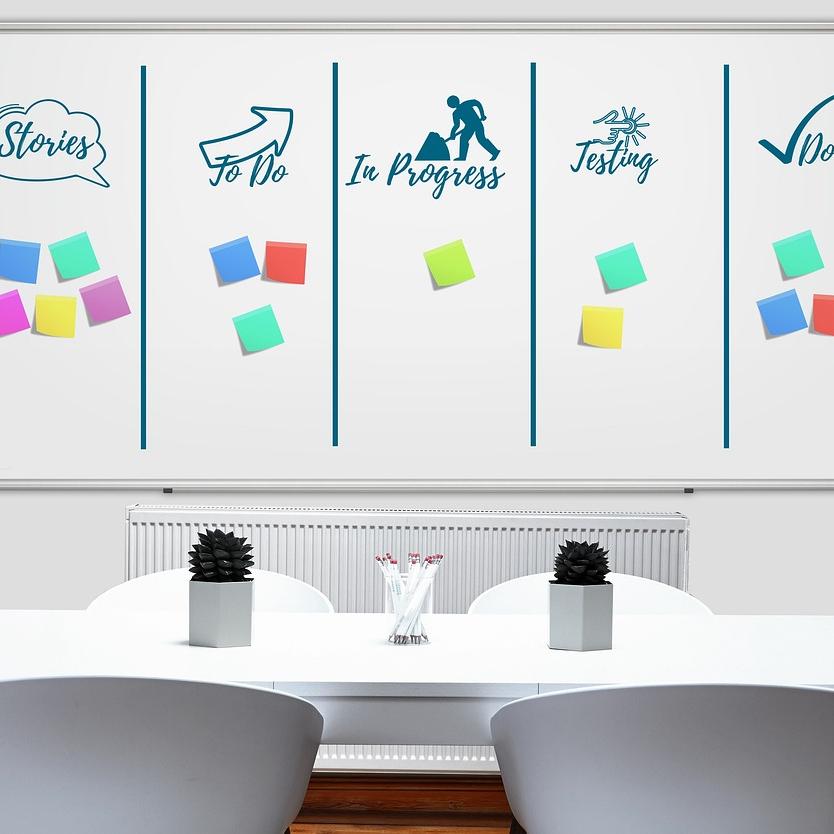How to Choose the Right Task Management Tool for Your Workflow
Managing tasks efficiently can make the difference between success and chaos. Whether you're leading a team of professionals, managing personal projects, or just trying to keep your daily to-do list in check, choosing the right task management tool is crucial. With countless options available, selecting the tool that best fits your workflow can feel overwhelming. Here’s a comprehensive guide to help you make an informed decision.
1. Understand Your Needs
Before exploring the myriad of task management tools, it’s essential to define your specific requirements. Consider:
- Nature of Work: Are you working alone or with a team? Does your task involve complex projects or day-to-day activities?
- Frequency of Use: How often do you need to update or check the tool?
- Integration Needs: What other tools and platforms are you using that you need this tool to integrate with?
- Team Size: Larger teams may need more collaborative features compared to individual use.
2. Essential Features to Consider
Once you understand your needs, consider the features that will support your workflow:
- Task Organization: Look for tools that offer various ways to organize tasks, such as lists, boards (Kanban), or calendars.
- User Interface: Opt for tools with an intuitive and user-friendly interface to minimize the learning curve.
- Collaboration Features: If working with a team, prioritize features like shared task lists, file sharing, and communication channels.
- Customization Options: Customizable workflows, tags, and categorization can greatly enhance productivity.
- Notifications and Reminders: Ensure the tool can send reminders and notifications to keep tasks on track.
- Integration Capabilities: Check if the tool integrates seamlessly with applications like email, calendars, or other project management software.
- Mobile Access: A tool with a robust mobile application can provide flexibility and ensure productivity on-the-go.
- Reporting and Analytics: Consider tools that provide insights into productivity trends and project progress.
3. Budget Constraints
Cost is an important factor in determining the right tool. Evaluate:
- Free vs Paid: Some tools offer extensive free versions, while others require a subscription for premium features. Define your budget and decide what features are worth paying for.
- Trial Periods: Leverage free trials to test out features and gauge usability before committing financially.
4. Popular Task Management Tools to Consider
With the criteria above in mind, here are some popular tools to evaluate:
- Trello: Known for its simplicity and visual appeal, Trello uses boards, lists, and cards, making it great for both personal and team projects.
- Asana: Offers advanced project management features and is ideal for larger teams that require robust collaboration tools.
- Todoist: Best for personal productivity, with a straightforward interface and powerful task prioritization features.
- Notion: A versatile tool that combines task management with note-taking and database features.
- Monday.com: A comprehensive tool that supports various workflows, ideal for teams needing extensive customization options.
- Microsoft To Do: Integrates naturally with Microsoft Office, making it a good choice for businesses already using Microsoft products.
5. Evaluate and Implement
After shortlisting potential tools, consider these final steps:
- Trial Runs: Implement the shortlisted tool on a small scale to test how it fits with your workflow.
- User Feedback: Gather feedback from team members or other users to gauge user satisfaction and adoption.
- Training and Support: Ensure there’s adequate training material and customer support available to smoothly transition to the new tool.
Conclusion
Choosing the right task management tool involves a mix of understanding your unique needs, evaluating essential features, and considering budget constraints. By leveraging free trials and carefully assessing the popular options available, you can find a tool that not only enhances productivity but also empowers your workflow. As technology evolves, remain open to experimenting and adapting new tools to stay ahead in the productivity game.






















